Cat6a vs Cat6 – Which Cable is Right for You?
In the late 1970s, the world was introduced to a revolutionary technology: Ethernet. It began as a simple concept for connecting computers over a shared network and has evolved into the backbone of virtually all networking around the world. Today, Ethernet cables are a ubiquitous part of our connected lives, enabling the fast and reliable transmission of data over local area networks (LANs).
Choosing the right Ethernet cable is more than a technical decision; it's strategic. With the increasing demands for higher bandwidth and faster speed, the choice of cable can significantly impact your network's performance, scalability, and cost.
This article will delve into the two prominent contenders in the Ethernet cable arena: Cat6 and Cat6a. We aim to provide an overview of their technical specifications, pros and cons, and practical applications, empowering you to decide on your networking needs.
Table of Contents
Technical Specifications
Similarities between Cat6 and Cat6a
At first glance, both cables may seem identical. They consist of four twisted pairs of copper wires and are used in the same basic networking applications. Here are some of their common features:
- Support for Data Networks: Both are designed to support data networks such as Ethernet.
- Twisted Pairs: Both are made of eight copper conductors twisted into four pairs.
- Termination Standards: Both can be terminated using the TIA/EIA 568A or 568B standards.
Differences between Cat6 and Cat6a
While they may look similar, they are distinct in several ways:
Speed and Frequency
- Cat6: It is designed to operate at frequencies up to 250 MHz and can support 1 Gbps (Gigabit per second) over 100 meters and 10 Gigabit(s) per Second for shorter distances (up to 55 meters).
- Cat6a: Standing for “Cat6 augmented”, Category 6a cables are engineered to perform at frequencies up to 500 MHz. They are capable of supporting 10 Gbps speeds over the full 100-meter distance.
Cable Construction
- Cat6: Typically includes a spline (a plastic cross separator) that helps to reduce crosstalk between the pairs of wires. The spline can make Cat6 cables slightly thicker than their Cat5e counterparts.
- Cat6a: Often constructed with additional shielding to further reduce crosstalk and allow for a higher frequency of data transmission. This shielding makes Cat6a cables generally thicker and less flexible than Cat6.
Maximum Length
- Cat6: Can transmit 10 Gbps over a maximum length of 55 meters (under ideal conditions) and 1 Gbps over a maximum of 100 meters.
- Cat6a: Designed to handle 10 Gbps over a maximum length of 100 meters, making it suitable for longer runs without sacrificing speed.
While both Category 6 cables may appear similar at first glance, they are designed to meet different performance criteria. Cat6a, with its higher frequency support and enhanced construction, is poised to deliver higher speeds over longer distances, making it a future-proof solution for today’s rapidly evolving networking landscape.
Equipment Requirements
Necessary Hardware for Each Type
Cat6:
- Standard RJ-45 connectors are used for Cat6 cables.
- Patch panels and wall jacks designed for Cat6 cables are necessary to maintain higher performance levels.
Cat6a:
- Requires shielded RJ-45 connectors to maintain their higher performance levels.
- Specialized patch panels and wall jacks are designed to handle the higher frequency.
Compatibility Issues
Both cables are backward compatible with previous categories of Ethernet cables (Cat5, Cat5e). However, to achieve the best performance, it is essential that all components of the network, including connectors and switches, are compatible with the category of cable you are using.
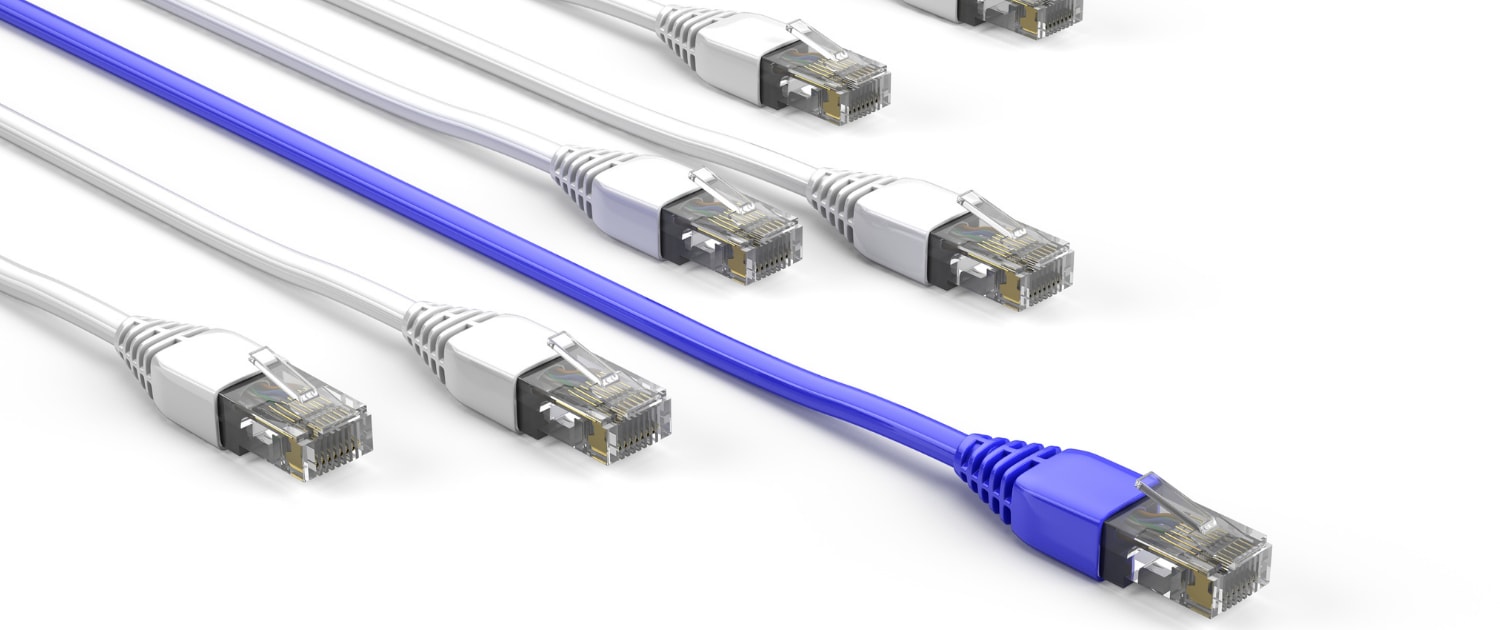
Cost and Installation
Price Comparison
- Cat6 cables are generally less expensive due to their less complex construction.
- Cat6a cables, due to their advanced shielding and higher performance, tend to be more expensive than Cat6 cables.
Installation Complexity
- Cat6 cables are relatively easy to install. They are flexible and can be used in most standard Ethernet environments.
- Cat6a cables are thicker and less flexible due to their additional shielding, which can make installation more challenging, especially in tight spaces.
Labor Costs
- Installing Cat6 is generally quicker and may result in lower labor costs.
- Cat6a installation may require more time due to its shielding and thicker size, potentially leading to higher labor costs.
Future-Proofing Your Network
Upgrade Considerations
As technology evolves, so does the demand for faster and more reliable networks. When planning for the future, consider the following:
- Will your network need to support higher data rates in the coming years?
- Are you planning to expand the physical size of your network?
- Is reducing network maintenance and upgrade costs over time a priority for you?
When to Choose Cat6a over Cat6
Opt for Cat6a if:
- You anticipate a need for higher data speeds in the near future, as Cat6a supports up to 10 Gbps over 100 meters.
- Your network will be operating in an environment with high levels of electromagnetic interference, as Cat6a’s additional shielding can help maintain signal integrity.
- You are installing cables in a setting where replacing them would be highly disruptive or costly, making the future-proof nature of Cat6a a wise investment.
Choose Cat6 if:
- Your current and foreseeable networking needs are well-served by 1 Gbps speeds or 10 Gbps speeds over shorter distances.
- Budget constraints are a significant factor, and the higher costs of Cat6a cables and installation are not justifiable based on your networking needs.
The choice should be made with the present and the future in mind. While Cat6 cables may be sufficient for many of today’s networking needs, Cat6a cables offer a robust solution for the demands of tomorrow’s high-speed, high-performance networks.
Pros and Cons
Advantages of Cat6
- Cost-Effective: Generally less expensive in terms of cable cost and installation.
- Flexibility: Easier to install in tight spaces due to its thinner diameter.
- Sufficient for Most Applications: Supports 1 Gbps over 100 meters and 10 Gbps over shorter distances, which is ample for most current networking needs.
Advantages of Cat6a
- Higher Performance: Supports 10 Gbps over 100 meters, double the frequency of Cat6.
- Reduced Crosstalk: Additional shielding helps to maintain signal integrity, even in high-interference environments.
- Future-Proof: As demand for higher data speeds grows, Cat6a is poised to become the new standard.
Disadvantages of Each
- Cat6: Limited to 10 Gbps over shorter distances (up to 55 meters), may not meet future high-speed networking needs.
- Cat6a: Higher cost for both materials and installation and its thicker, less flexible cables can be more challenging to install.
Conclusion
Summary of Key Points
- Cat6 is a reliable and cost-effective solution for most current networking needs but may fall short as higher data speeds become the norm.
- Cat6a, while more expensive, offers higher performance and is a robust solution for future-proofing your network against upcoming technological advancements.
Recommendation for Different Scenarios
- For small to medium-sized businesses or residential networks with standard internet usage and a tighter budget, Cat6 is likely sufficient.
- For larger enterprises, data centers, or environments where the highest possible data speeds are required—both now and in the foreseeable future—Cat6a is the recommended choice.
Closing Thoughts
In the ever-evolving landscape of networking technology, making an informed decision is paramount. The choice between Cat6 and Cat6a is not merely a matter of today's needs but a strategic decision for the future. As we steer towards an era of unprecedented digital connectivity, investing in a network that meets today’s demands and is prepared for tomorrow’s challenges is a step towards sustained efficiency and success.
Whether you are setting up a simple home network or are responsible for a large corporate infrastructure, understanding the capabilities and limitations of Cat6 and Cat6a cables is essential. It’s not just about the cables; it’s about building a resilient, scalable network ready for the future.
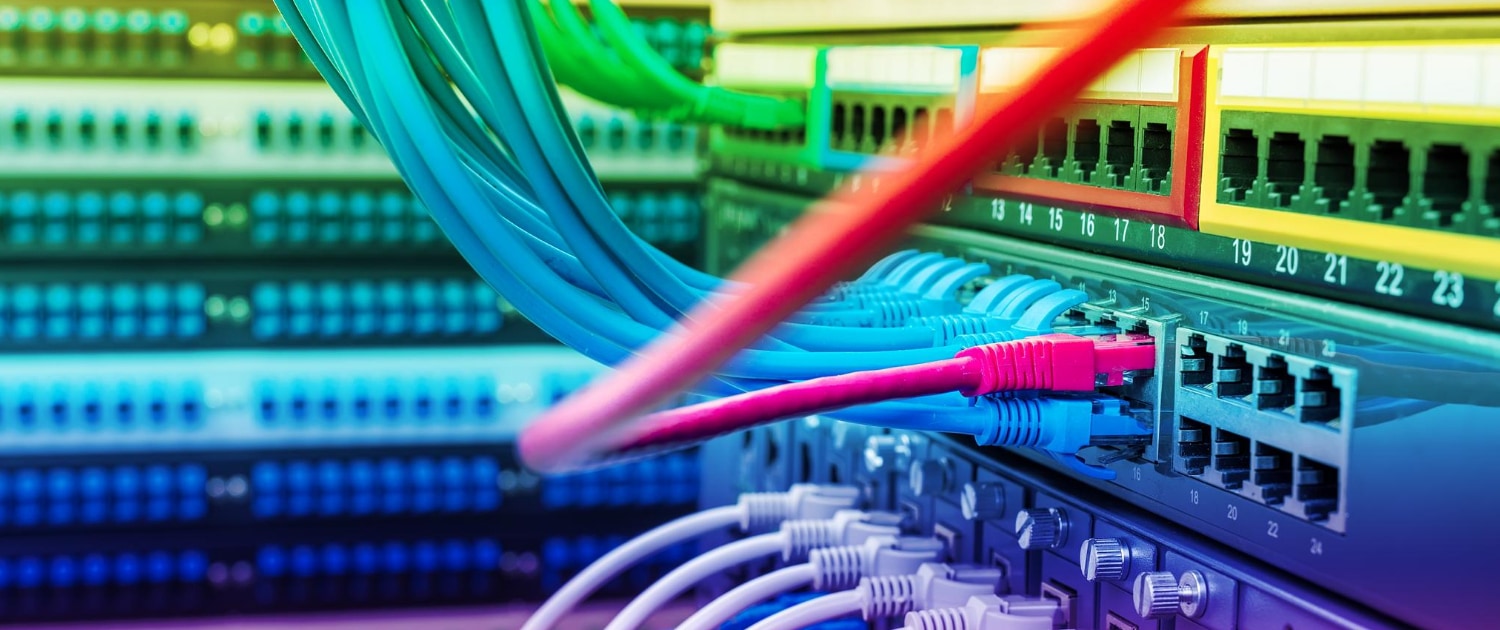
The Benefits of Professional Installation
Whether wiring a smart home or setting up a high-end corporate network, professional installation by a seasoned IT service company can make a significant difference. Here are the compelling benefits of entrusting your network setup to experienced professionals:
Expertise and Experience
- Seasoned IT professionals have extensive experience in a variety of projects, from simple home networks to complex corporate infrastructures. They bring a wealth of knowledge that ensures your network is set up to the highest standards.
Customized Solutions
- A professional IT service company will assess your needs and design a custom network solution that aligns with your goals, whether a seamless smart home experience or a robust and secure corporate network.
Future-Proofing
- Experienced IT professionals stay abreast of the latest technologies and can advise on solutions that will stand the test of time. They can help you choose between options like Cat6 and Cat6a based on your current and anticipated future needs.
Quality Assurance
- A seasoned IT service company takes pride in its work and stands behind it with guarantees and warranties. You can rest easy knowing that the installation is completed to the highest standards and backed by a commitment to quality.
Time and Cost Efficiency
- Professional installation is often quicker and more efficient, avoiding the costly mistakes that can arise from a DIY approach. The team’s expertise translates to fewer errors, less wasted time, and, often, lower overall costs when considering the lifespan of the network.
Peace of Mind
- Knowing that experts installed your network means you can trust its reliability and security. This peace of mind is invaluable, whether you’re securing your family’s smart home or the sensitive data of a large corporation.
Ongoing Support and Maintenance
- A professional IT service company doesn’t just install your network and walk away. They offer ongoing support and maintenance services to ensure your network continues operating at peak performance.
In a world where connectivity is paramount, the installation of your network infrastructure is not a task to be taken lightly. By opting for a professional installation by a seasoned IT service company, you are investing in expertise, reliability, and peace of mind. It’s a choice that pays dividends not just in the quality of your current network but in its longevity and adaptability to the needs of tomorrow.
FAQ
What is the difference between cat6 and cat6a ethernet cables?
The main difference between cat6 and cat6a ethernet cables lies in their capabilities and functional issues. Cat6a cables are an improved version of cat6 cables and offer greater bandwidth as well as network speed. Furthermore, cat6a cables are capable of maintaining 10 Gigabit Ethernet up to a standard 100 meters, whereas Cat6 cables can only maintain this speed for a shorter distance of 55 meters. Cat6a also has additional protection against alien crosstalk.
What does it mean that cat6a is also backward compatible with cat6?
Being backward compatible means that cat6a can connect with devices and networks that are compatible with cat6 and cat5e. This is due to the standard RJ45 connector used by both types of cables. Thus, while you will get more benefits using a full cat6a cable system, you can still use cat6a cables with older network equipment without any problems.
How is the transmission speed of cat6a vs cat6 ethernet cable?
Both wires can handle 10 Gigabit Ethernet speeds but achieve this over different distances. Cat6 cables can manage this speed up to 55 meters. In contrast, cat6a, better than cat6, can handle this speed over a standard run of up to 100 meters without suffering from crosstalk.
What is the significance of the bend radius on cat6 and cat6a cables?
The bend radius is important because it determines how much you can bend a cable before it potentially damages and impacts the cable's performance. Cat6a, being heavier than cat6, generally will have a larger bend radius because of its extra size and weight, which can lead to more care needed during installation.
Should I install cat6 or cat6a cables in my cable system?
This depends on your networking needs. If you need your network to handle 10 Gigabit Ethernet over a standard cable length, cat6a would be the better choice. However, if your network needs are less demanding and the cable run is considerably shorter, cat6 could be a more cost-effective option.
What is crosstalk in the context of cat6 vs cat6a?
Crosstalk in the context of network cables refers to the interference that can occur when signal transfers across the wires inside the cable. Cat6a cables are designed to better protect against alien crosstalk, making them better at maintaining network speed and performance over longer lengths compared to cat6.
What type of cable is heavier, cat6 or cat6a?
Cat6a cables are generally heavier than cat6. This is because cat6a cables have additional shielding to help prevent crosstalk, which adds to the overall weight of the cable.
How do cat6a patch cables compare with cat6?
Cat6a patch cables are superior in their performance specifications, supporting network speeds up to 10 gigabit Ethernet at 100 meters, whereas cat6 patch cables support the same speed but only up to 55 meters. However, cat6a patch cables are thicker and heavier due to additional shielding, which helps reduce crosstalk.
Are cat6a cables compatible with cat6 and cat7 cables?
Cat6a cables are backward compatible with cat6 cables thanks to the standard RJ45 connector. While cat7 cables also use this connector, they are very specifically designed for much higher network speeds and require compatible equipment to function optimally. Therefore, while possible, it's not typically recommended to mix and match cat6a and cat7 cables within a single network.
Can cat6a fit into a cable tray designed for cat6?
While both cables use the same connector, cat6a cables are somewhat larger and thus may not fit as comfortably in a cable tray designed for cat6. It would be necessary to check the specific measurements of the cable tray compared to the size of the Cat6a cable to ensure compatibility.
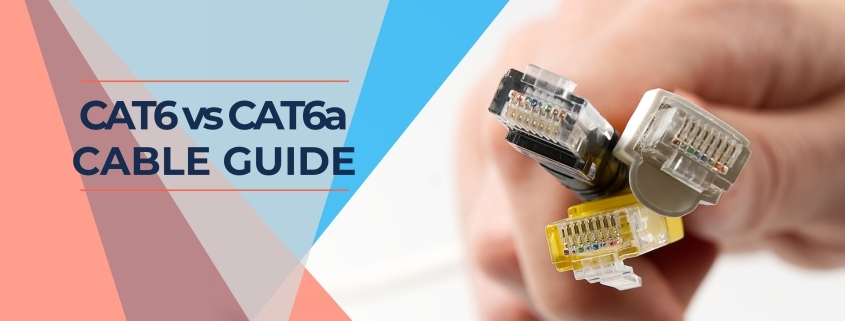
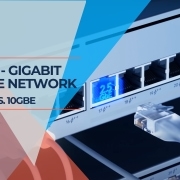


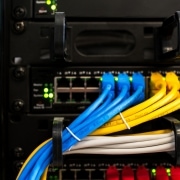
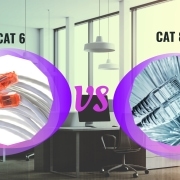
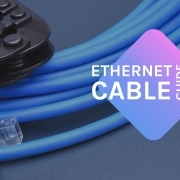
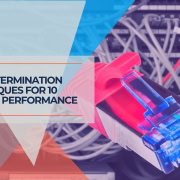
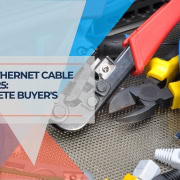


Leave a Reply
Want to join the discussion?Feel free to contribute!